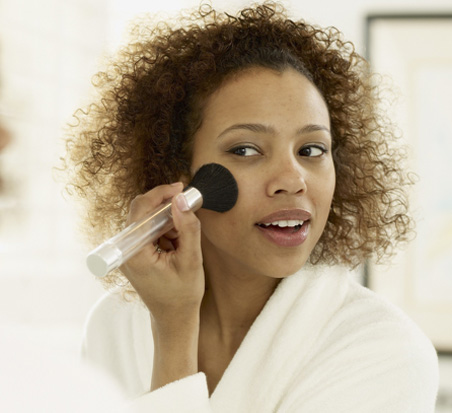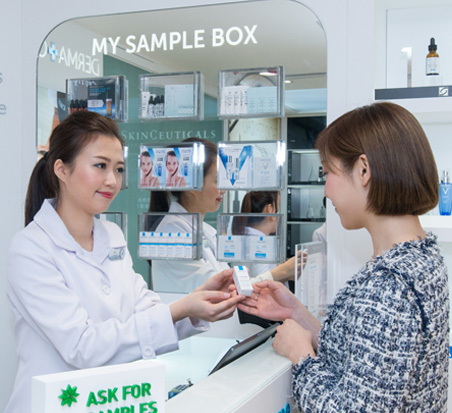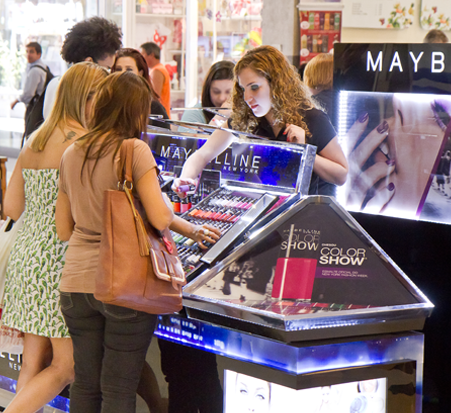THE WORLD OF
BEAUTY IN 2014
With an estimated worth of 180 billion euros(1), the worldwide cosmetics market has developed at a steady pace over the past ten years. Despite slowing slightly in 2014 when compared to 2013, the beauty market continues to record solid growth, over 3%(1). It is a supply-driven market underpinned by innovation, as well as efficacy and quality.
(1) Source: L’Oréal 2014 estimates of the worldwide cosmetics market in net manufacturer costs. Excluding soaps, oral hygiene, razors and blades. Excluding currency effects.
(1) Source: L’Oréal estimates of the worldwide cosmetics market in net manufacturer costs. Excluding soaps, oral hygiene, razors and blades. Excluding currency effects. (2) Source: “Beauty’s Top 100” WWD, August 2014. (3) Source: WWD estimates.
BREAKDOWN OF THE WORLDWIDE COSMETICS MARKET
In geographic terms, the New Markets, excluding Japan, were responsible for more than 80% of worldwide market growth in 2014(1).
(1) Source: L’Oréal 2014 estimates of the worldwide cosmetics market in net manufacturer costs. Excluding soaps, oral hygiene, razors and blades. Excluding currency effects. (2) Oral cosmetics.
2014 main trends

GROWTH DRIVERS

RECOMMENDATION
AND PERSONALISATION

MAKE-UP MAKES
WOMEN SMILE
The growth of the cosmetics market continues to be driven by the emergence of the middle classes in the New Markets, by consumers already devoted to sophisticated beauty routines and looking for increasingly innovative products, and by the growing diversity of beauty expectations and aspirations worldwide.
Today’s consumers are informed and connected, and seek to personalise their routines. In the luxury segment, the continued success of expert brands like KIEHL’S and URBAN DECAY perfectly illustrates this important trend. The tendency is also clear in the prescription-based dermocosmetics sector, which meets the health and beauty expectations of a growing number of consumers.
Make-up, which provides consumers with a medium to express themselves and their creativity, was in 2014 the fastest growing category worldwide at +5.0%(1). What’s more, in big strategic countries like Brazil and China, the segment still has remarkable potential for future development.
(1) Source: L’Oréal 2014 estimates of the worldwide cosmetics market in net manufacturer costs. Excluding soaps, oral hygiene, razors and blades. Excluding currency effects.
THE ERA OF DIGITAL BEAUTY
The digital revolution is full of opportunities for the beauty world. It enables mass-market brands to foster closer relationships with their consumers through interaction. In selective channels, the exclusive experiences and services offered by the brands can be prolonged and personalised. Digital media provide new ways to reach, educate and inspire new consumers, as well as loyal customers, in order to stimulate the market’s future growth.
SEARCHES PER YEAR
OF THE WORD “BEAUTY”(1)
VIEWS OF BEAUTY CONTENT
ON YOUTUBE(2)
IN THE TOP 10 DIGITAL IQ RANKING(3)
(1) Source: Google estimates, per quarter. (2) Source: Pixability, “Beauty on Youtube”. (3) Source : L2, Digital IQ Index, the United States and China.